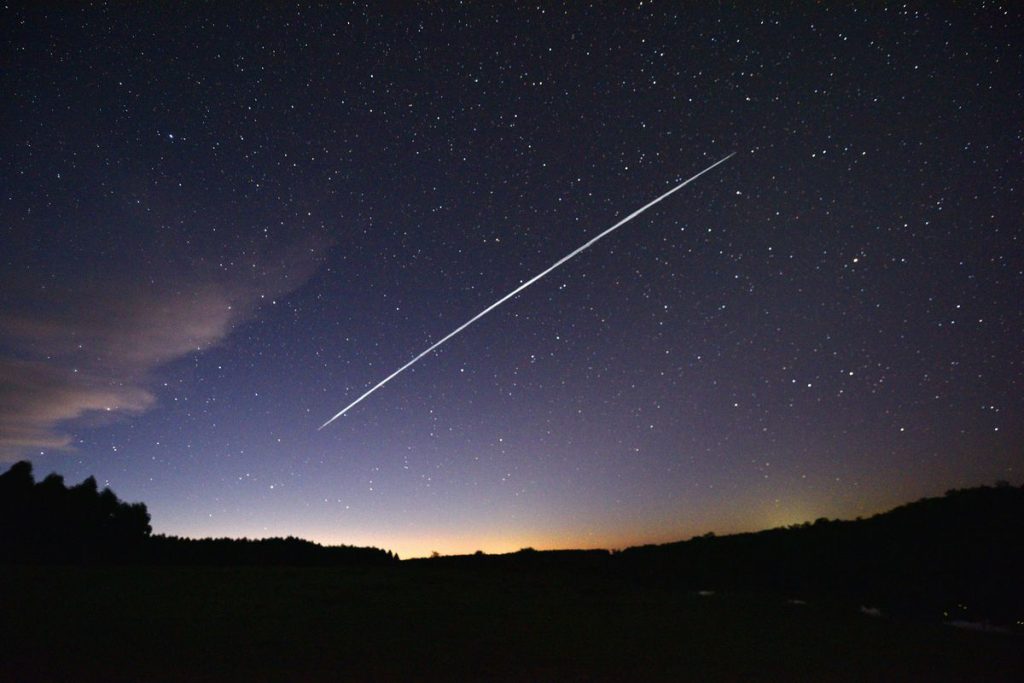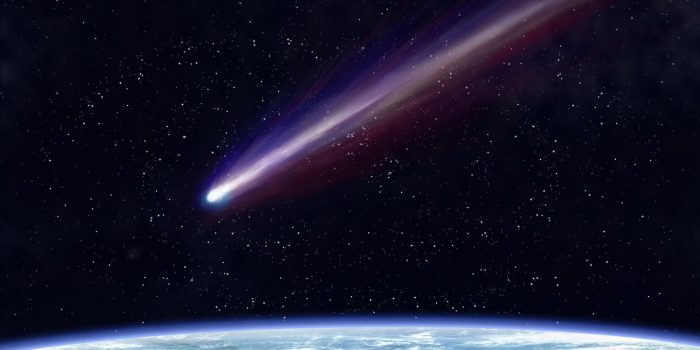SpaceX is going to launch its 2000th Starlink Satellite in three years. Not all those flying satellites are still in orbit but researchers have mentioned that the impact of the growing constellation on the particular astronomical observations is clear.
Przemek Mroz, a former Caltech Researcher at the University of Warsaw in Poland has mentioned in a statement that in 2019, 0.5 percent of twilight images were affected and it is almost 20% now.

The table-size satellites show up as straight lines – streak across an image of the sky in twilight when the (Zwicky Transient Facility) ZTF’s exposures pick up a Starlink moving along its orbital path. The trends tend to show up most in the observations taken near dawn and dusk because it is when the satellites are at their highest levels of reflectivity due to the shape and geometry of Earth and the sun.
Mroz, a lead author of the study, further said, “We don’t expect Starlink satellites to affect non-twilight images, but if the satellite constellation of other companies goes into higher orbits, this could cause problems for non-twilight observations”
A study was published in The Astrophysical Journal Letters that involved the images from ZTF. The study focused on the instrument designed to inspect the entire sky at night time every two days, looking for cosmic objects that change in some way over time. This analysis revealed a total of 5300 streaks created by Starlink satellites, affecting around a fifth of twilight observations.
The team has observed that as more Starlink satellites begin to orbit the Earth in 2019, the number of streaks seen on captured images over a 10-day period grew to over 200 by mid of 2021. Today there are almost 1800 of them orbiting the Earth at an altitude of around 550 km.
Despite this fast uptick in images with streaks, the researchers mention that science operations are not strictly impacted, with each streak affecting less than one-tenth of a percent of the pixels in each image. The weather conditions are also posing a bigger threat.

Study co-author, Tom Prince said, “There is a small chance that we would miss an asteroid or another event hidden behind a satellite streak, but compared to the impact of weather, such as a cloudy sky, these are rather small effects for ZTF”
The research was published in The Astrophysical Journal Letters


